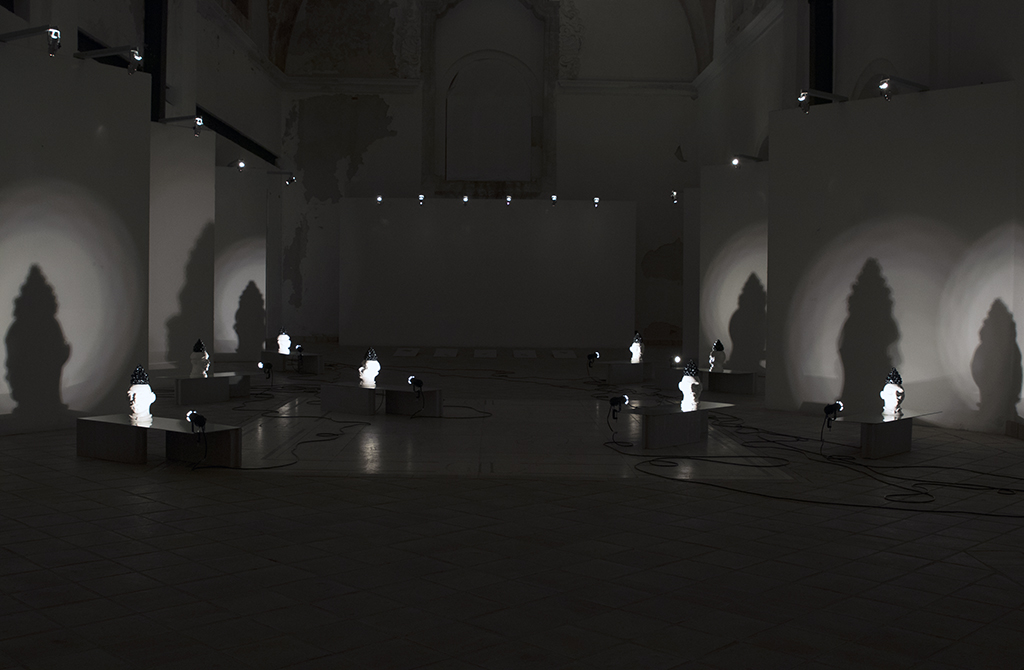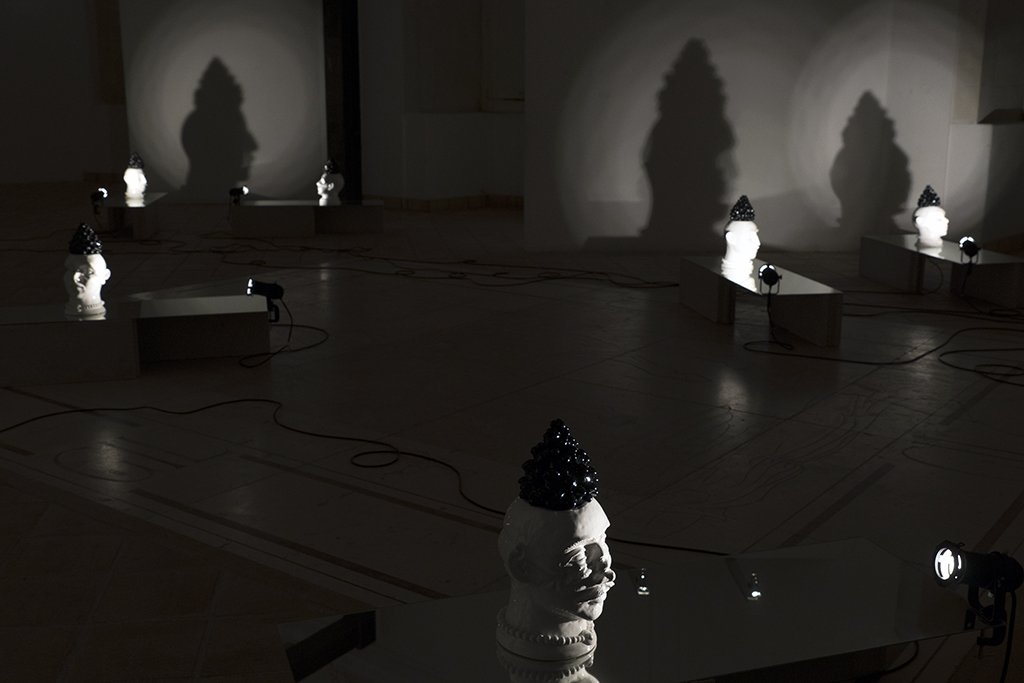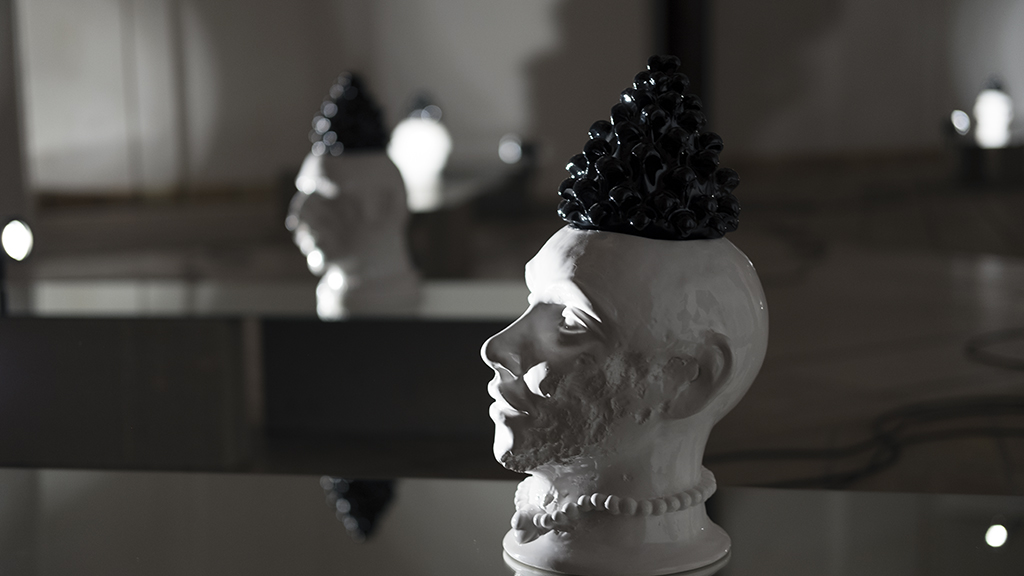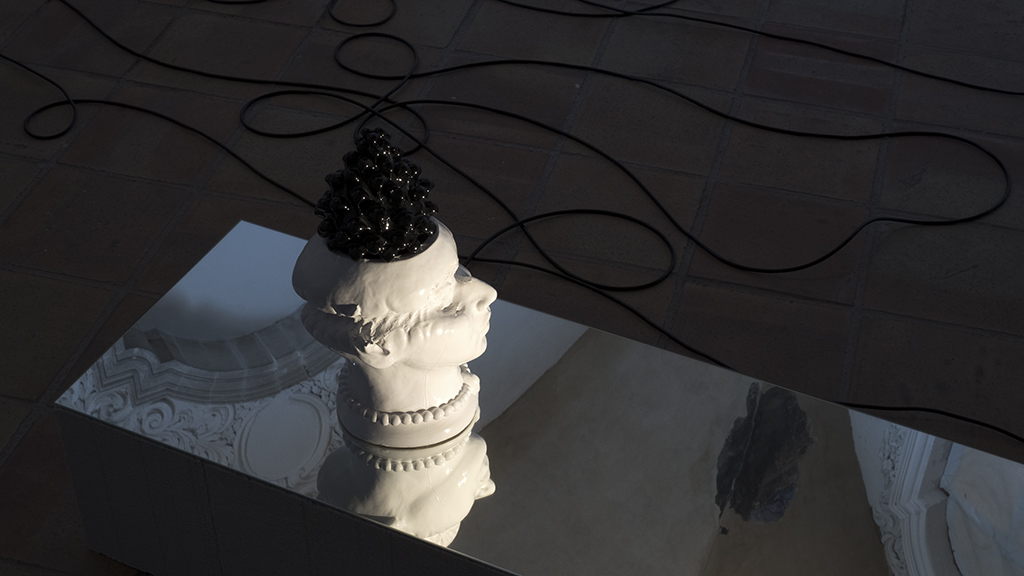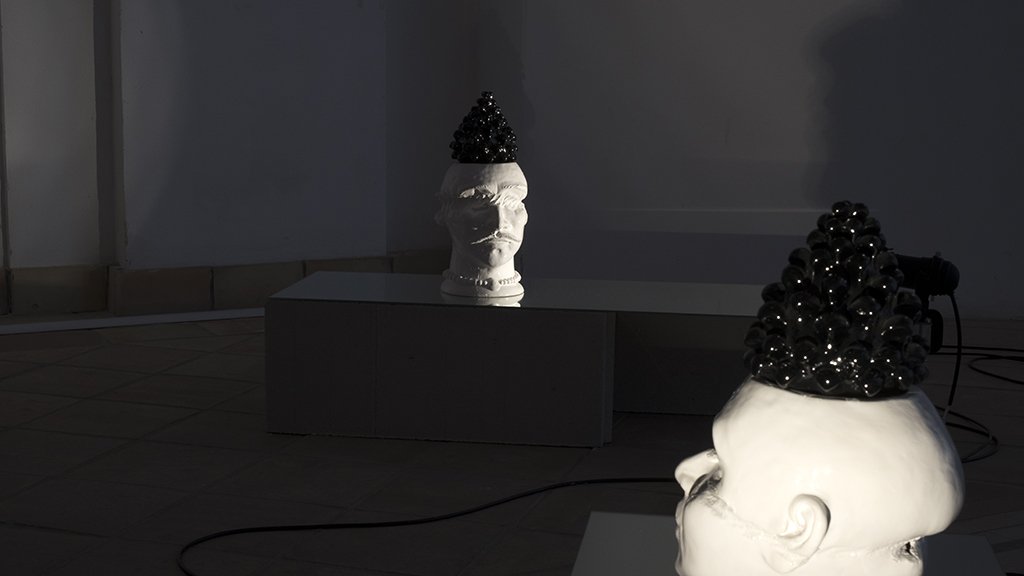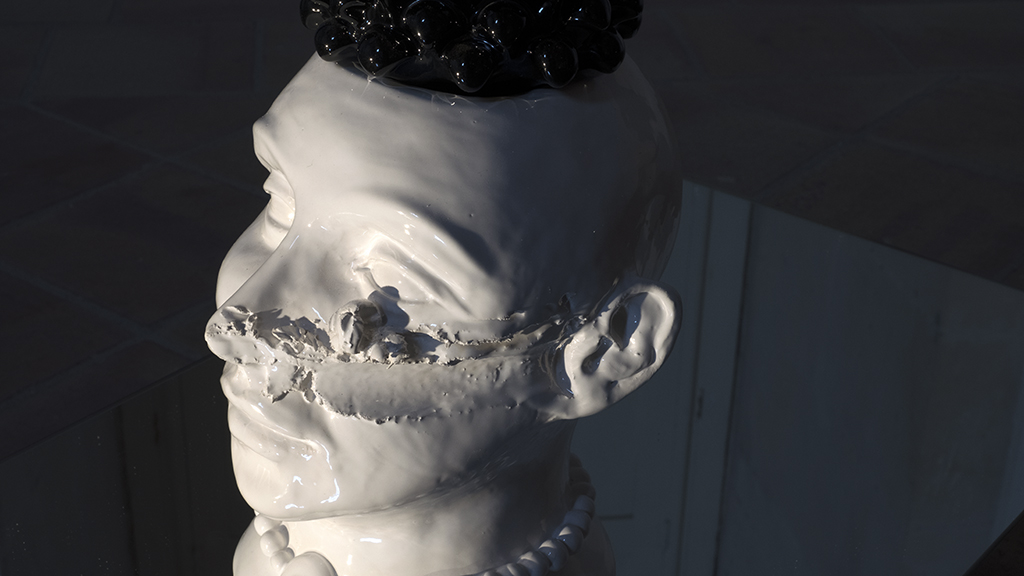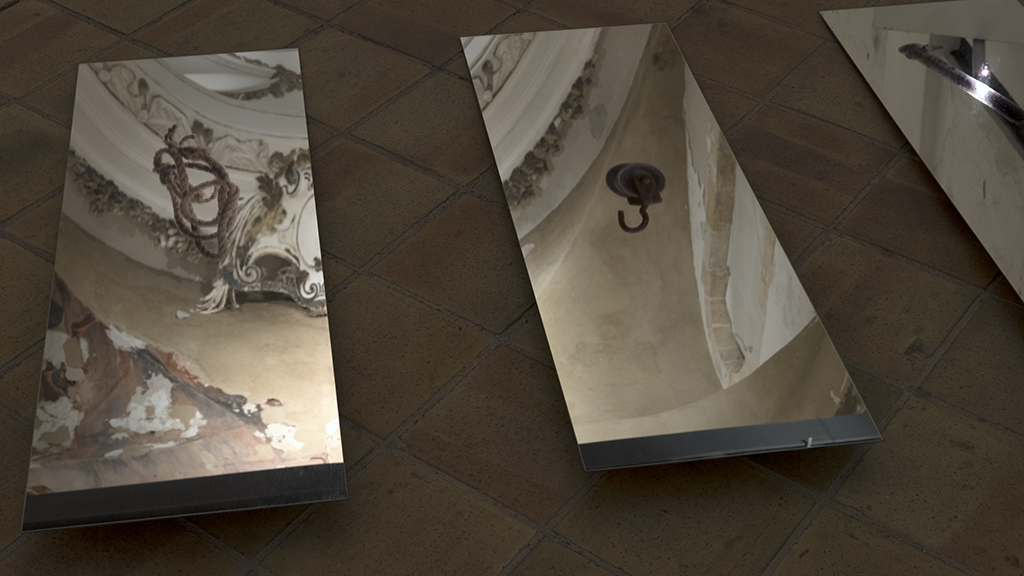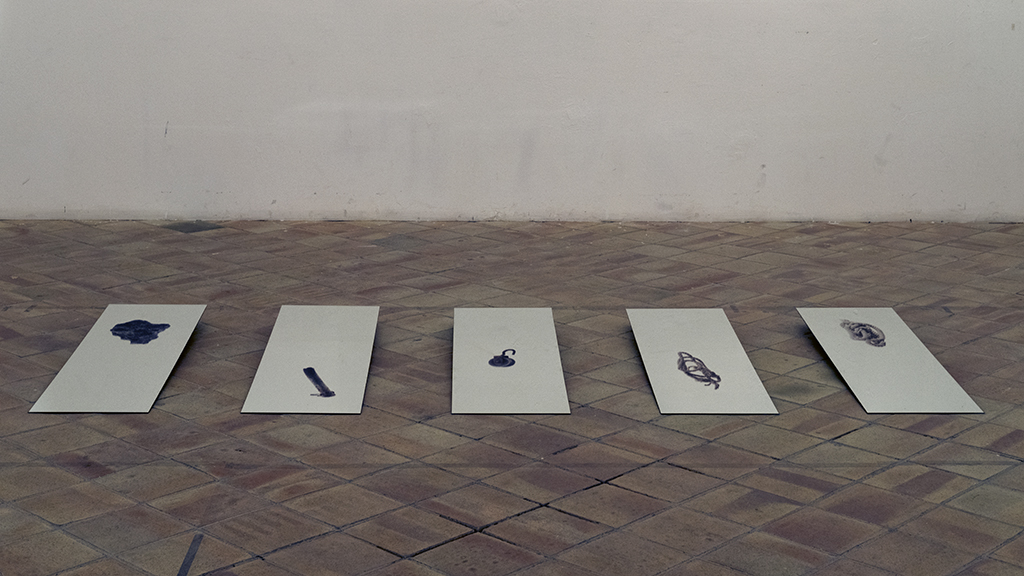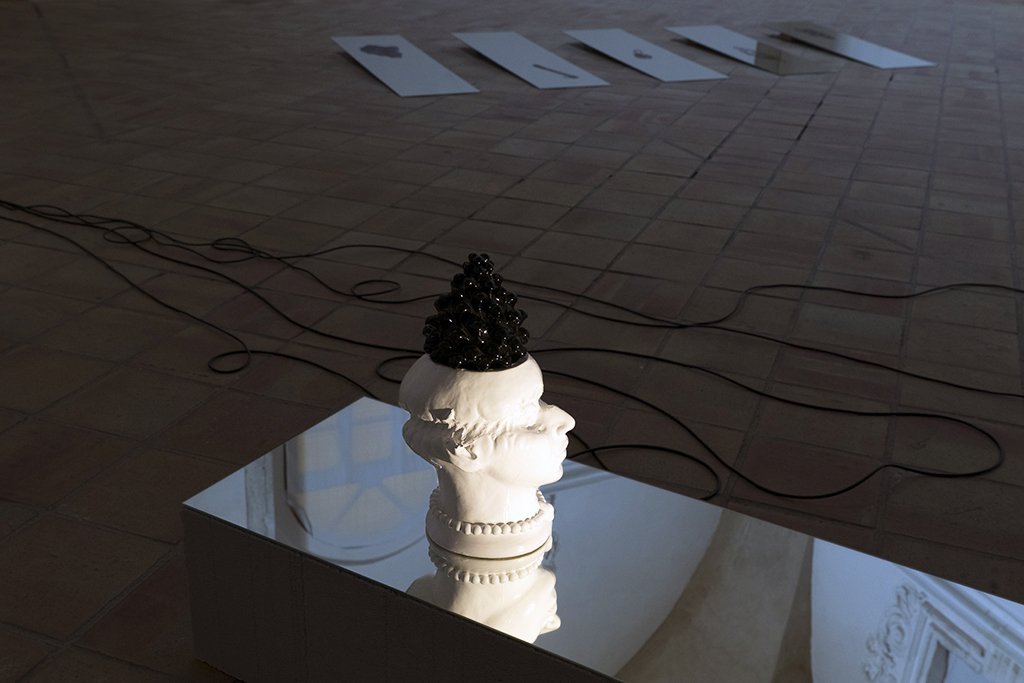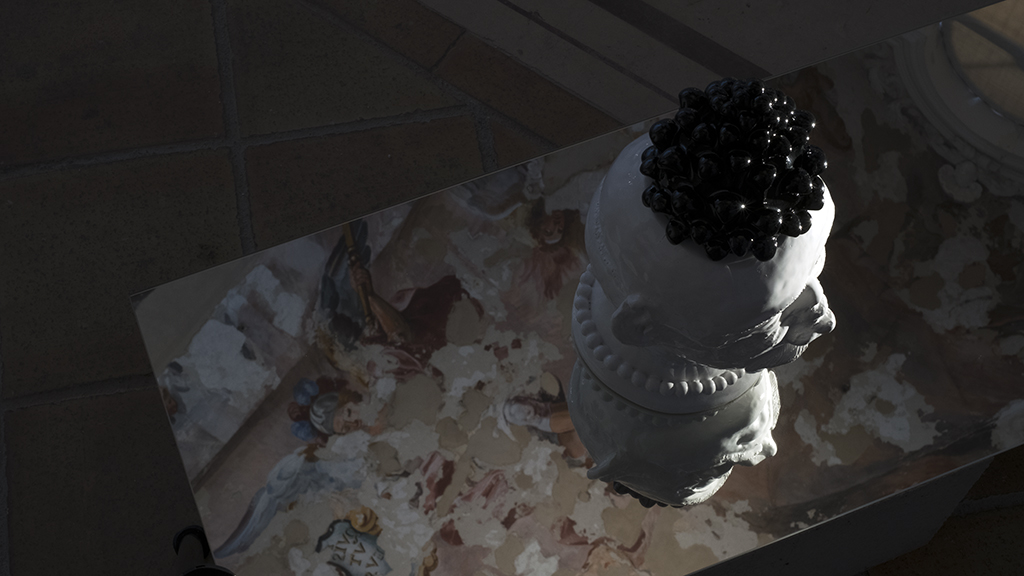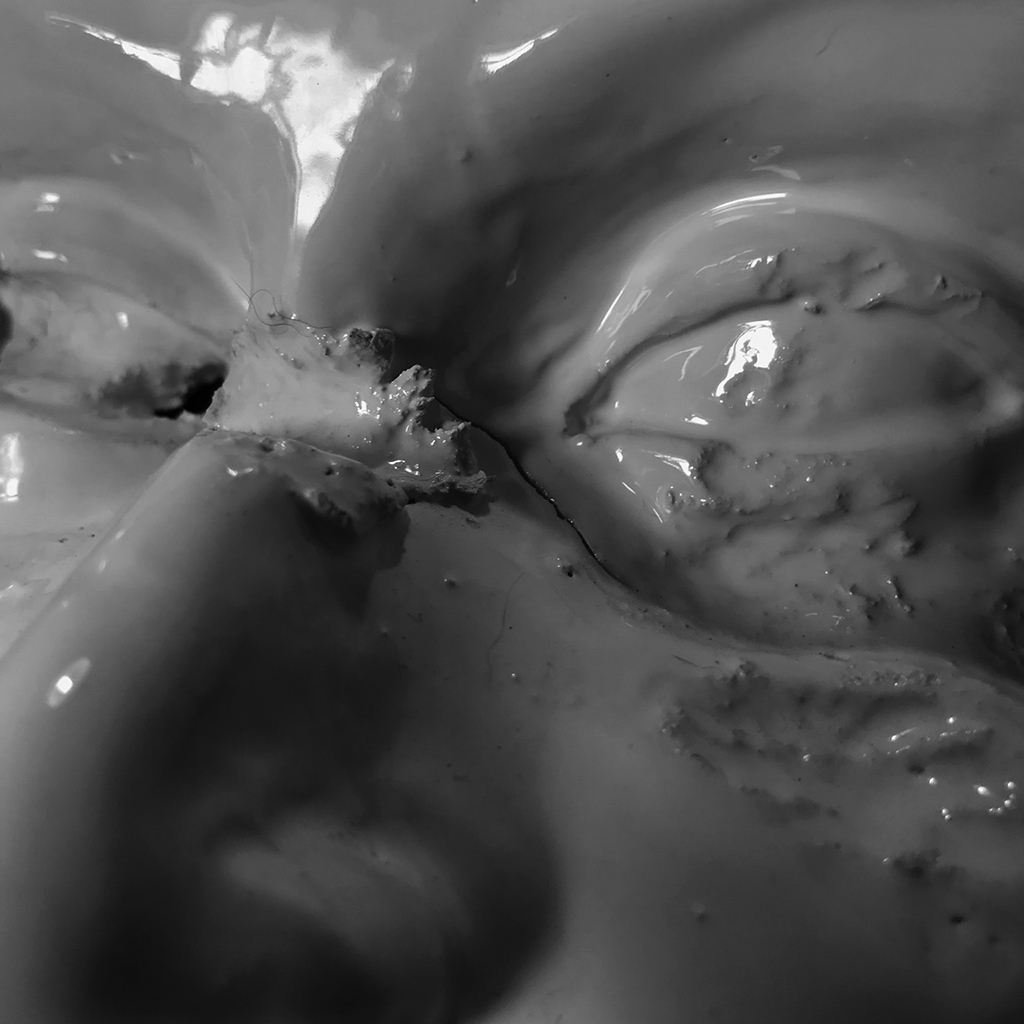Ex Convento Del Ritiro, Siracusa
Relaying an experience of the unknown and of a new place or space, may provide an allegorical understanding. The European tourers collected albums of engraves as a reflection of the yearn for knowledge and taste for the classical culture during a Grand Tour, that lasted for months between the north and south of Europe. Without the use of photography, these ‘adventurers’ resorted to etched prints as representation of the 'cultural heritage' they observed and as a support for documentation, returning ‘home’ with wandering images. The experience of a space and its pictorial representations were then clearer to those who had never visited these new sites and buildings, designed to the classical taste, that was valued by the bourgeoisie during the XVIII and XIX centuries. Beside the aesthetic value of this albums of the Grand Tour in Europe, in our contemporary days is the fact that it was one the first efforts of systematic documentation of the landscape and heritage of historical relevance that has created instruments for this estates to be protected as is the case of most of the monuments and landmarks of the island of Sicily.
A port city located on the southeast edge of this Italian island, born as a Greek colony in 734 BC, is a reflection of the consecutive invasions of different cultures of these Mediterranean islands, revealing layers of architectural and immaterial influences from different cultures that defined peculiarities and traditions typical of cities of commerce, confluence and assimilation of different peoples and cultural traditions. Syracuse is witness of a rich architectural and craft history, since ancient Greek to the Baroque.
Unlike the Piranesi albums with the Italian Veduttas, we nowadays have a direct access to images of different destinations as a consequence of the dissemination of the image due to the globalization and evolution of the medium. In an Europe dominated by the low-cost bloom, there is a lost of worship and esteem for this romanticized ‘image’ of the representation of the foreign place – the access to images are unvolunteer due to all the apps and gadgets that surrounds us. Adjust shape and perspective, brightness, contrast, structure, temperature, saturation, color fade, shadow and light –chiaroscuro–, depth of field, pixel duplication. [Instagram features]. These qualities are elementary and inconsequential image editing tools.
Like the curious tourers from the romantic movement, instead of engravings, Pedro Tudela, collected four different objects from Etna, Syracuse and its nearest sea coast.These objects – an iron bar, volcanic stone and a pair of ropes – became the motto for the artworks developed within the context of a curatorial and artistic residency in the Spring of 2019. The artworks reveal different civilizations and the cultural appropriations of Syracuse, through different layers that became part of this project: from elements of Nature to traditional ceramic crafts, and ordinary objects collected at boat piers and a light house surrounded by a lunar-like surface.
The exhibition space, a former Baroque chapel designed by Pompeo Picherali in the XVIII century in a convent in Syracuse, is filled with sound, resulting from field recordings made in an artificial cave named Orecchio di Dionisio by Caravaggio when he visited it in the first decade of the XVII century. On a set of traditional Sicilian ceramics – Testa di Moro – the objects collected by Tudela are manipulated, resulting on the subversion of a pop culture, mainstream, souvenir object. These handcrafted couples of moorish ‘testa’ are placed on a mirror that reflects a tempera fresco of the dome of this catholic convent. As if by the merging of different cultural layers, a pictorial sculpture reveals a XXI century insight on Sicily.
The collection of these objects is showcased through a diagram, engraved like Piranesi did for is copper plates, over four steel plates that plots the places visited during the artistic residency, revealing the geolocation of this tour. Other artworks arise from the iron bar, volcanic stone and the pair of ropes, represented on a set of mirrors that merge into the chapel, hovering through light on its space, adding a pulley, as an unforeseen object that balances this Sicilian overviews.
Luís Pinto Nunes, Luís Albuquerque Pinho, Mafalda Rangel (Curators)
This residency and exhibition were only made possible with the support of MADE Program Accademia di Belle Arti Rosario Gagliardi Siracusa, Città di Siracusa, and KUBIKGALLERY, funded by DGArtes – Direcção Geral das Artes, Governo de Portugal, Fundação Calouste Gulbenkian e Câmara Municipal do Porto.
